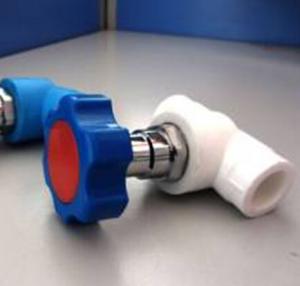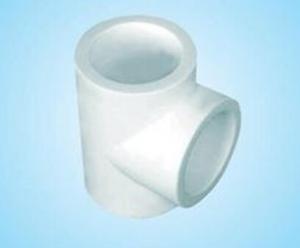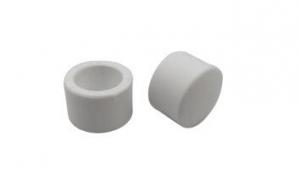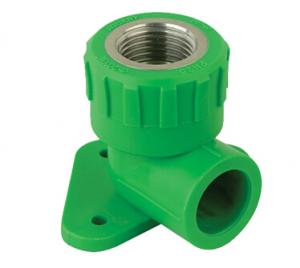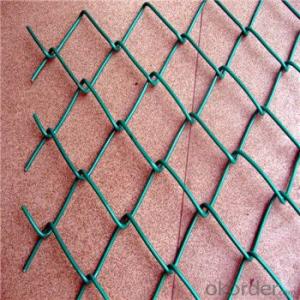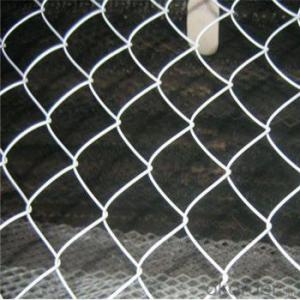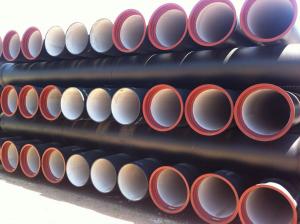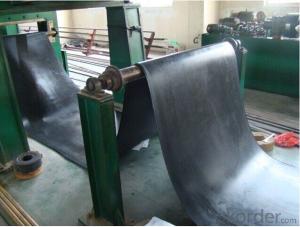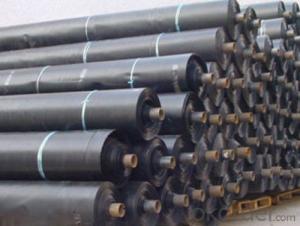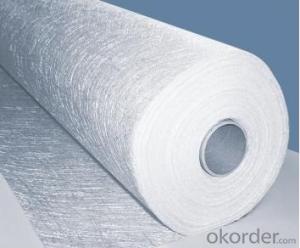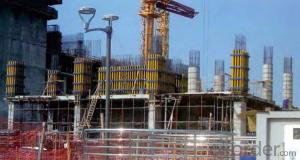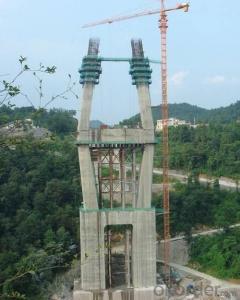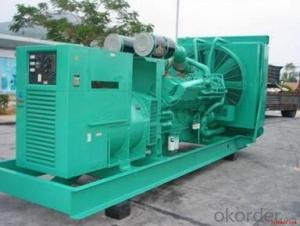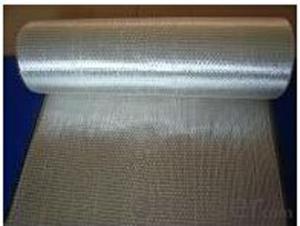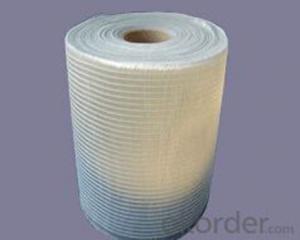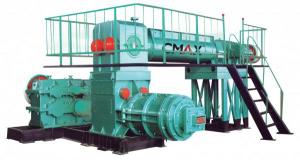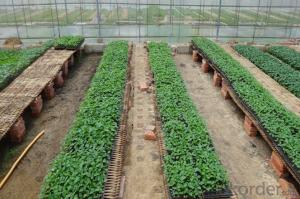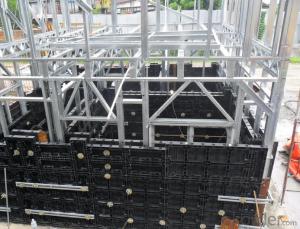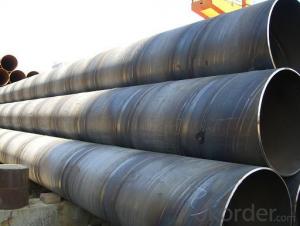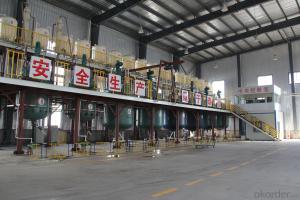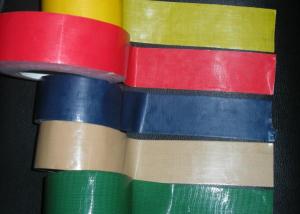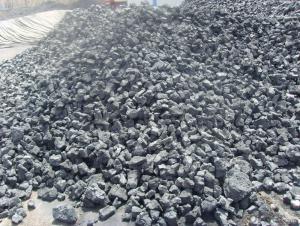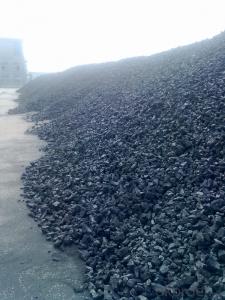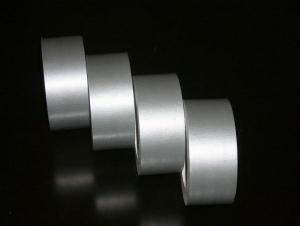Doka Top 50
Doka Top 50 Related Searches
Small Plastic Tubes With Lids Garden Summerhouse With Storage Teal Accent Chair With Arms Nightstand Lamp With Usb Driveway Pillars With Lights Cr2330 Battery With Tabs Classroom Chairs With Wheels Blu Ray Player With Recorder Blu Ray Player With Internet Woven Steel Mesh PanelsHot Searches
Mini Inverter With Battery Online Shopping ppr pipe manufacturers in saudi arabia ppr pipes price list philippines ppr type 3 Food Mixer Sale Mini Inverter With Battery Online Shopping ppr pipe manufacturers in saudi arabia ppr pipes price list philippines Brass Cable Glands Price List ppr type 3 Tinplate Factory Geomembrane Factory Globe Valve Manufacturers Usa Mini Inverter With Battery Online Shopping Stainless Steel Factory Stainless Steel Supply Near Me Steel Girder Cost Stainless Steel Tubing Near Me Stainless Steel Welder Near Me Stainless Steel Shop Near MeDoka Top 50 Supplier & Manufacturer from China
Okorder.com is a professional Doka Top 50 supplier & manufacturer, offers integrated one-stop services including real-time quoting and online cargo tracking. We are funded by CNBM Group, a Fortune 500 enterprise and the largest Doka Top 50 firm in China.Hot Products
FAQ
- Yes, geogrids do enhance the stability of mechanically stabilized earth walls. Geogrids are commonly used in the construction of these walls to improve their structural integrity and prevent potential failure. They provide reinforcement by acting as tensile elements, distributing external forces, and increasing the overall strength of the wall system. Geogrids effectively resist lateral earth pressures, reduce wall deformations, and enhance the overall stability and longevity of mechanically stabilized earth walls.
- Geogrids enhance the stability of steep railway embankments by providing reinforcement and confinement to the soil. They are installed within the embankment to distribute the load more effectively, reducing lateral movement and preventing soil erosion. This additional support increases the embankment's resistance to slope failure, improving its overall stability and ensuring the safe operation of the railway.
- The typical dimensions and sizes of geogrids can vary depending on the specific application and manufacturer. However, geogrids are commonly available in widths ranging from 2 to 6 meters and lengths ranging from 50 to 100 meters. The thickness of geogrids can range from 1 to 5 millimeters, and the aperture size can vary from 20 to 100 millimeters. These dimensions and sizes can be further customized to meet the requirements of different construction projects.
- meters. Material: tgsg. This section of subgrade for soft soil foundation (water) what is the purpose and principle of this treatment? Seeking answers experienced master change, or in the design the unit did. Thank you. Do a detailed description of indebted forever. My understanding is...Geogrid width of 3 meters, the berm soil subgrade body laying 1.4 meters, laying 1.6
- The main purpose of filling subgrade is to use geogrid, which is to prevent the longitudinal cracking and sliding. As for Geogrid, it can not directly stabilize the slope, but also rely on geotextile wrapped. As for the soaking embankment, in addition to the use of Geogrid and geotextile, but also consider the problem of slope protection (such as stone, concrete surface etc.).Geogrid is usually used to fill the embankment with high height, in order to play a role. Also, you said that the protection of the ramp laying 1.4 meters, the laying of the roadbed in the area of 1.6 meters, these are trivial, can only play a part of the role of little. See you use the material is plastic geogrid, this is the worst kind of material, the strength is very low. Small size, low strength, not as good as the use of woven bags stacked slope. I guess this is a low grade road
- Who knows the laying method of geogrid?
- Roller compaction of C. rubber tyred roller.D. 50? 0,.3mm of the fixed iron sheet, the requirements of flat angle, the edge of the appropriate chamfer treatment, 2 inch steel nails (high quality cement nails)When the e nail fixation method is used for laying fiberglass geogrid, one end is fixed on the lower layer of the structure of the asphalt layer which has been sprayed with a fixed iron sheet and a nail. When the grating is tensioned longitudinally, the glass fiber is in a straight and tight state.
- What are the differences between three different types of geogrids?Unidirectional geogrid, two-way geogrid plastic, geogrid, warp knitted geogrid and fiberglass geogridWhich is the best place in Guangzhou geogrid Zhejiang geogrid in Tianjin?
- The geogrid is divided into plastic geogrid according to the material
- The long-term maintenance requirements for geogrid-reinforced structures typically involve periodic inspections to ensure the integrity and stability of the structure. This may include monitoring for signs of erosion, settlement, or damage to the geogrid or surrounding soil. Additionally, regular maintenance activities such as vegetation control, sediment removal, and drainage management may be necessary to prevent potential issues and ensure the long-term performance of the reinforced structure.
- Yes, geogrids can be used in landfill applications. They are commonly used to reinforce and stabilize the soil in landfills, preventing erosion and providing structural support. Geogrids can help improve the overall performance and lifespan of the landfill by enhancing stability and reducing settlement.

